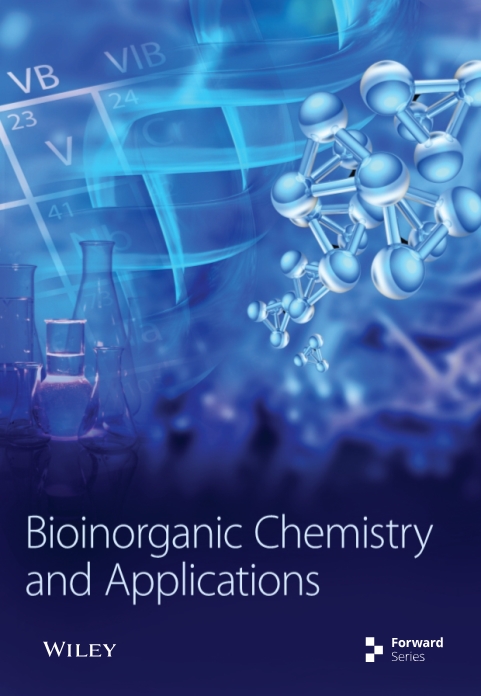铂(II)复合纳米胶体在二维和三维体外癌细胞模型上的低强度光响应抗癌活性
IF 4.7
3区 化学
Q1 BIOCHEMISTRY & MOLECULAR BIOLOGY
引用次数: 1
摘要
本研究旨在利用二维和三维(3D)体外癌细胞模型,评估一种基于pt的药物的低强度可见光响应纳米胶体的治疗效果。采用超声法结合层接层技术制备了生物相容性和可生物降解的高分子纳米胶体,通过光谱研究对其粒径(100±20 nm)、物理稳定性、载药量(78%)和光活化进行了表征。从疗效、诱导细胞凋亡和DNA-Pt加合物形成等方面评估体外生物学效应。生物实验在黑暗和可见光照射条件下进行,利用复杂的光化学性质。光刺激反应纳米制剂显著提高了药物的生物活性。这使得我们使用纳摩尔药物浓度(50 nM)获得了令人满意的结果,而在黑暗条件下无效。此外,我们的纳米胶体在三维体外球体中使用共聚焦显微镜和细胞荧光法进行了验证,以比较它们在二维单层培养中的行为。获得的结果证实,这些纳米胶体是递送基于pt的药物的有希望的工具。本文章由计算机程序翻译,如有差异,请以英文原文为准。
Low-Intensity Light-Responsive Anticancer Activity of Platinum(II) Complex Nanocolloids on 2D and 3D In Vitro Cancer Cell Model
This study aimed to evaluate the therapeutic efficacy of low-intensity visible light responsive nanocolloids of a Pt-based drug using a 2D and three-dimensional (3D) in vitro cancer cell model. Biocompatible and biodegradable polymeric nanocolloids, obtained using the ultrasonication method coupled with Layer by Layer technology, were characterized in terms of size (100 ± 20 nm), physical stability, drug loading (78%), and photoactivation through spectroscopy studies. The in vitro biological effects were assessed in terms of efficacy, apoptosis induction, and DNA-Pt adducts formation. Biological experiments were performed both in dark and under visible light irradiation conditions, exploiting the complex photochemical properties. The light-stimuli responsive nanoformulation gave a significant enhancement in drug bioactivity. This allowed us to achieve satisfying results by using nanomolar drug concentration (50 nM), which was ineffective in darkness condition. Furthermore, our nanocolloids were validated in 3D in vitro spheroids using confocal microscopy and cytofluorimetric assay to compare their behavior on culture in 2D monolayers. The obtained results confirmed that these nanocolloids are promising tools for delivering Pt-based drugs.
求助全文
通过发布文献求助,成功后即可免费获取论文全文。
去求助
来源期刊

Bioinorganic Chemistry and Applications
化学-生化与分子生物学
CiteScore
7.00
自引率
5.30%
发文量
105
审稿时长
>12 weeks
期刊介绍:
Bioinorganic Chemistry and Applications is primarily devoted to original research papers, but also publishes review articles, editorials, and letter to the editor in the general field of bioinorganic chemistry and its applications. Its scope includes all aspects of bioinorganic chemistry, including bioorganometallic chemistry and applied bioinorganic chemistry. The journal welcomes papers relating to metalloenzymes and model compounds, metal-based drugs, biomaterials, biocatalysis and bioelectronics, metals in biology and medicine, metals toxicology and metals in the environment, metal interactions with biomolecules and spectroscopic applications.
 求助内容:
求助内容: 应助结果提醒方式:
应助结果提醒方式:


